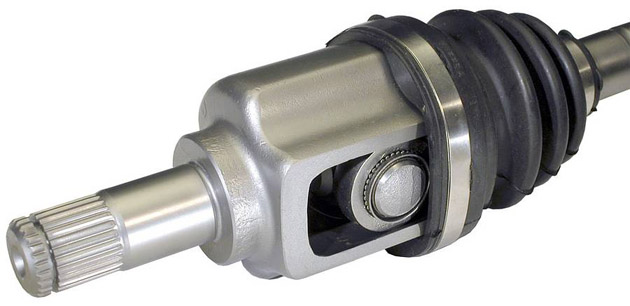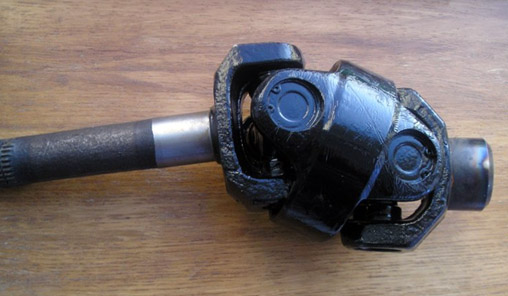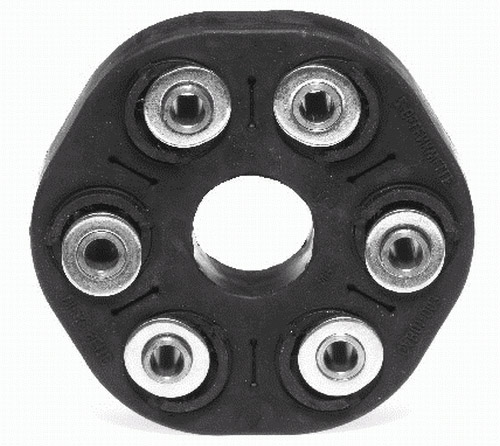CV joints
 HOMOKINETIC JOINTS – ancestor of the constant velocity joint (simultaneous), that is, transmitting the rotational movement from shaft to shaft in a uniform manner, there are a pair of closely spaced universal joints, and in the extreme case, two such joints joined together. However, this solution is still burdened … read on
HOMOKINETIC JOINTS – ancestor of the constant velocity joint (simultaneous), that is, transmitting the rotational movement from shaft to shaft in a uniform manner, there are a pair of closely spaced universal joints, and in the extreme case, two such joints joined together. However, this solution is still burdened … read on

